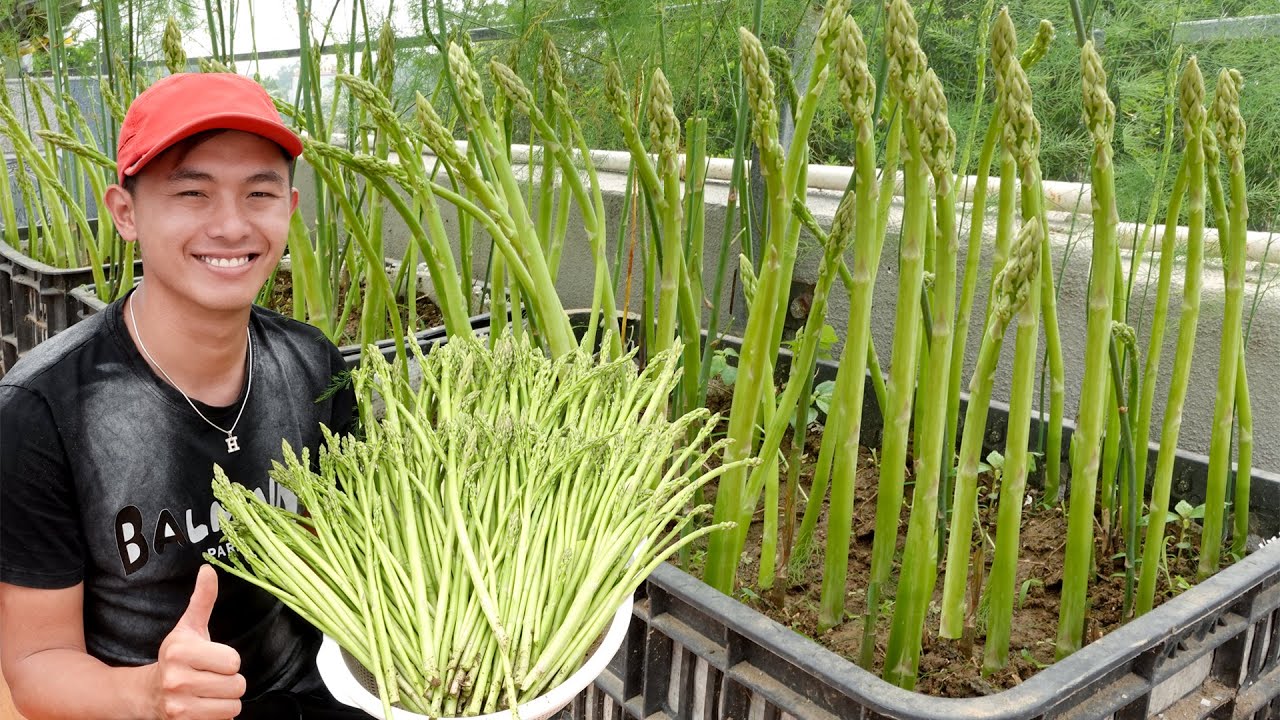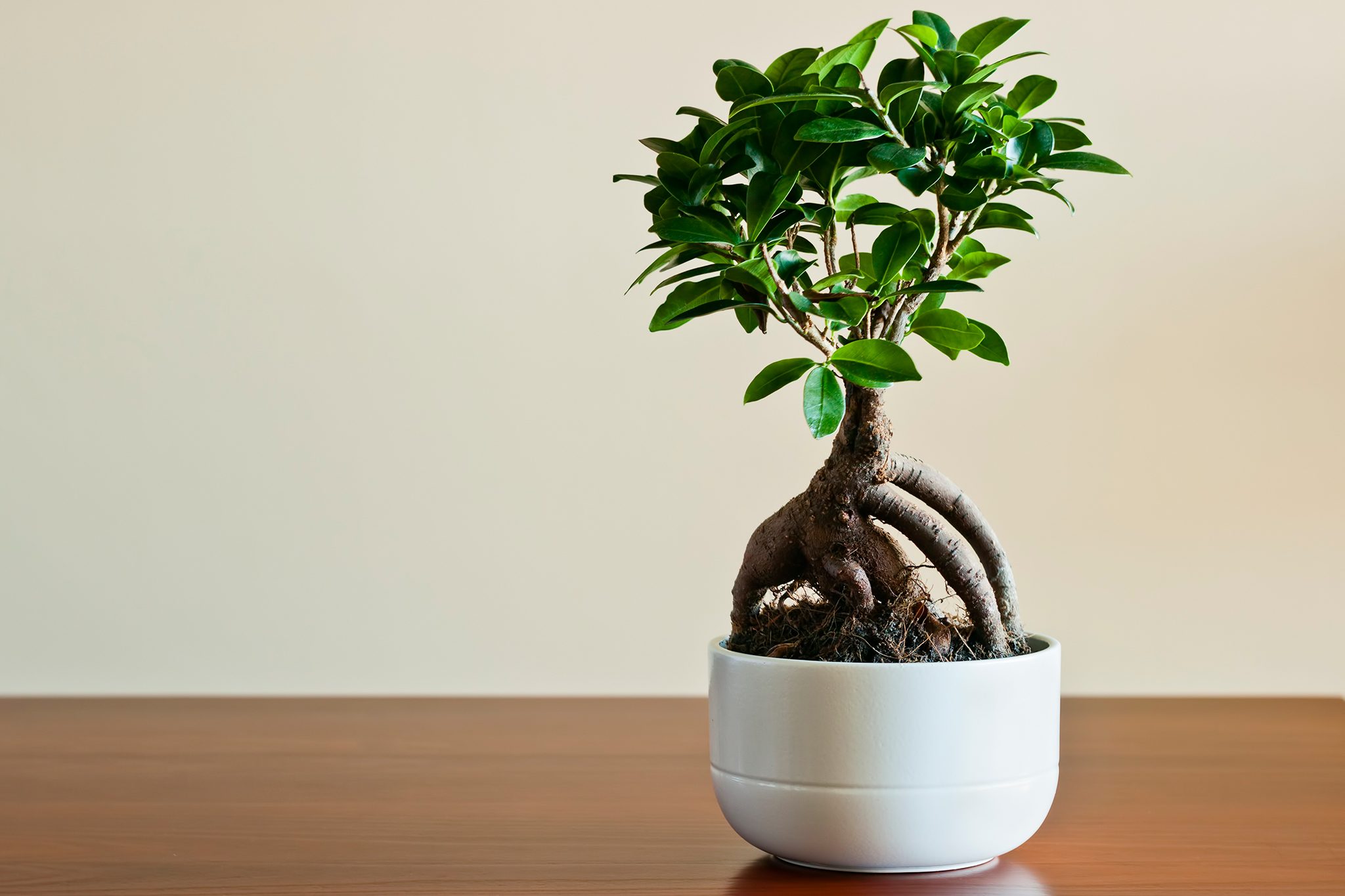Best Way to Grow Asparagus
Asparagus is a delicious and nutritious vegetable that can easily be grown in your own backyard. If you’re looking to start your own asparagus patch, there are a few key steps you need to follow to ensure a successful harvest. In this article, we’ll outline the best way to grow asparagus so you can enjoy fresh, homegrown spears throughout the season.
Step 1: Choose the Right Location
Asparagus plants prefer full sun and well-drained soil, so it’s important to choose a sunny spot in your garden with good drainage. Avoid planting asparagus in low-lying areas that collect water, as this can lead to root rot. Additionally, asparagus is a perennial plant that can live for up to 20 years, so choose a location where it can grow undisturbed for many years to come.
Step 2: Prepare the Soil
Before planting your asparagus crowns, it’s essential to prepare the soil properly. Asparagus plants thrive in soil that is rich in organic matter, so be sure to amend your soil with compost or well-rotted manure before planting. Additionally, asparagus prefers a soil pH between 6.5 and 7.5, so consider testing your soil and adjusting the pH if necessary.
Step 3: Planting the Crowns
Asparagus is typically grown from crowns, which are one-year-old asparagus plants. Plant your crowns in early spring, spacing them 18 inches apart in trenches that are 6-8 inches deep. Cover the crowns with 2 inches of soil initially, and gradually fill in the trench as the asparagus grows throughout the season.
Step 4: Mulch and Water Regularly
Asparagus plants benefit from a layer of organic mulch to help retain moisture and suppress weeds. Apply a 2-4 inch layer of mulch around your plants, being careful not to cover the emerging spears. Additionally, be sure to water your asparagus regularly, especially during dry periods, to keep the soil consistently moist.
Step 5: Fertilize and Weed Control
Asparagus plants are heavy feeders and benefit from regular fertilization throughout the growing season. Apply a balanced fertilizer in early spring and again after the last harvest to help promote healthy growth. Additionally, be vigilant about controlling weeds in your asparagus patch, as weeds can compete with your plants for nutrients and water.
Step 6: Harvesting Asparagus
Most asparagus varieties will be ready to harvest in their second year of growth. To harvest asparagus, simply snap or cut the spears when they reach 6-8 inches in height. It’s important to harvest your asparagus regularly to encourage new growth and prevent the spears from becoming woody and tough.
Step 7: Winter Care
After the growing season, be sure to clean up your asparagus patch by cutting back the foliage and removing any debris. Mulch your plants with a layer of straw or leaves to help protect them from freezing temperatures. Asparagus plants are cold hardy, but a layer of mulch can provide extra protection during the winter months.
Conclusion
Growing asparagus is a rewarding experience that can provide you with a bountiful harvest for years to come. By following these steps and providing your plants with proper care, you can enjoy fresh, homegrown asparagus throughout the season. So roll up your sleeves, grab your gardening tools, and get ready to grow your own delicious spears!



